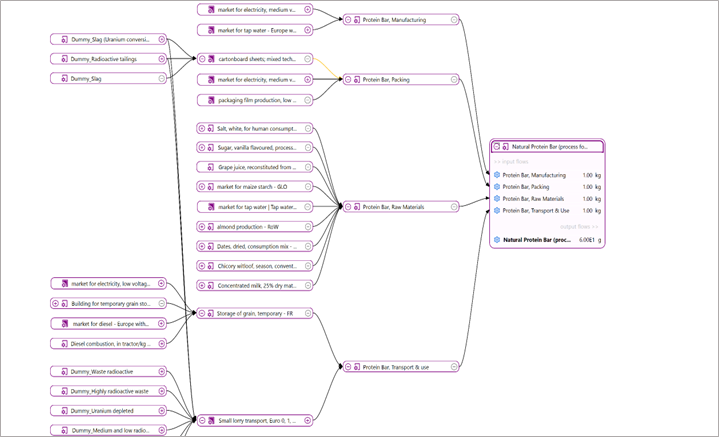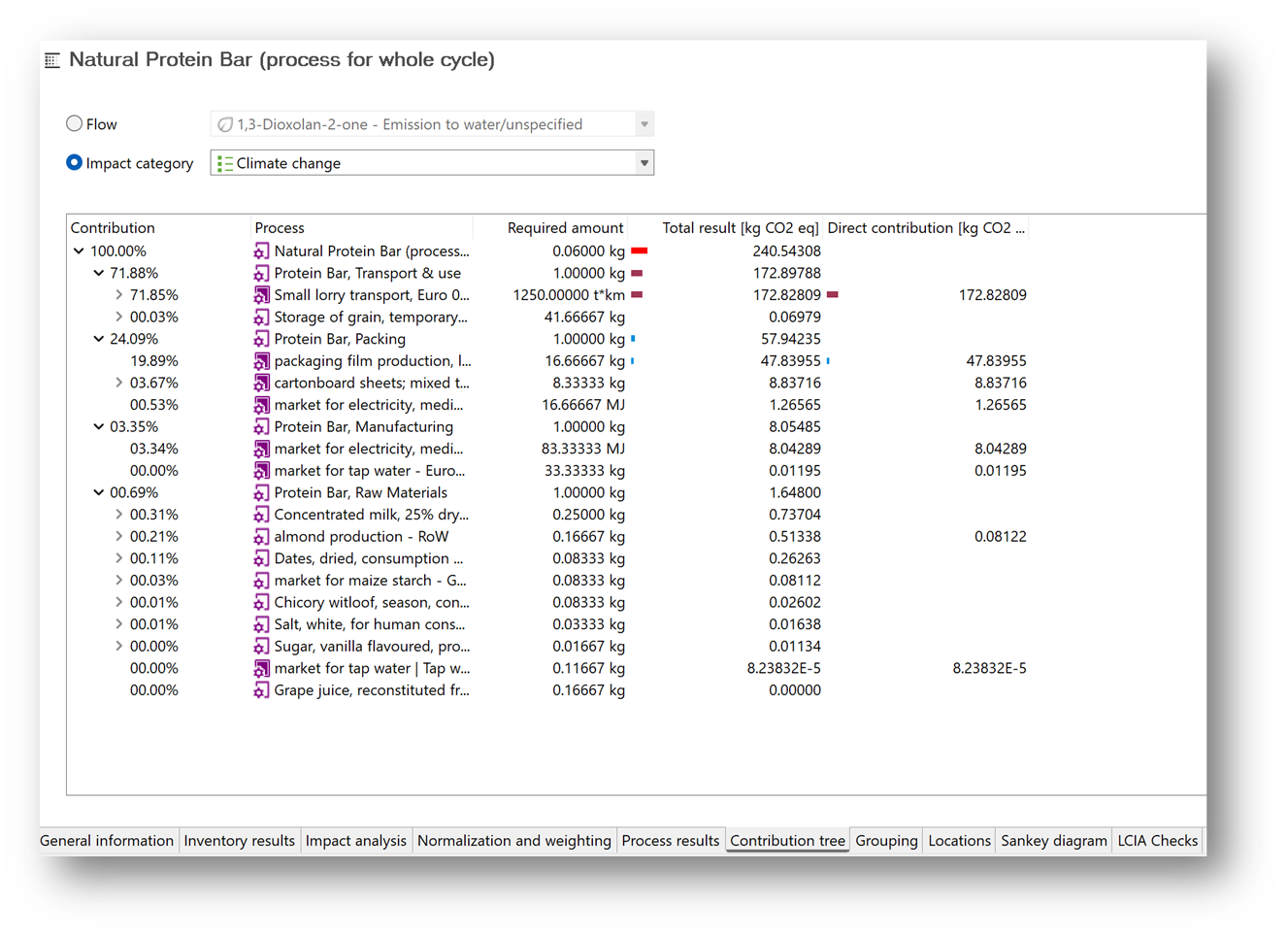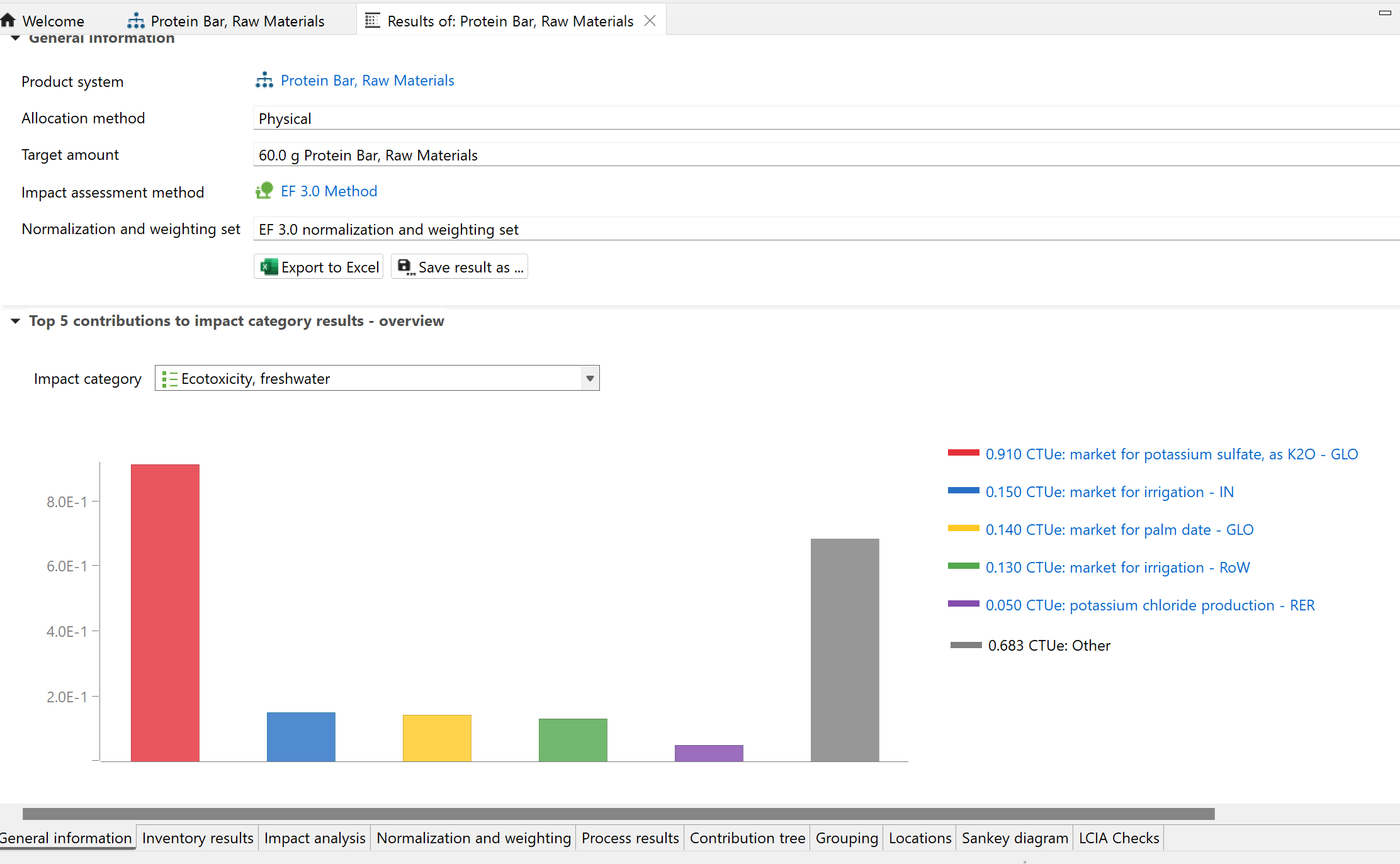
What is an LCA?
A Life Cycle Assessment (LCA) is a scientific approach to quantifying, assessing and comparing the environmental impacts of products and services throughout their entire lifespan.
Ultimately, the purpose of an LCA is to inform decisions around the mitigation or elimination of a product’s harmful impacts on the natural ecosystem and on human health.
LCA is a powerful tool in the global effort to reduce greenhouse gas emissions and protect biodiversity.

6 reasons why you might need an LCA
Click on the + sign for detail
-
The forensic process of a Life Cycle Assessment can reveal materials, components, ingredients and process steps that incur high levels of greenhouse gases (GHGs) and other emissions that should be eliminated or reduced in order to minimize harm to the environment and to human health.
-
Companies that invest in reducing their environmental footprint can boost their return by publishing a claim such as “eco friendly” or “lower carbon footprint”, either on their packaging or by means of an environmental product declaration (EPD). Under the new EU “Green Claims” directive, such statements will need to be reliable, comparable and verifiable throughout the EU. LCA provides a widely accepted means of validating these claims and protecting consumers from ‘greenwashing’, and will likely be required for the EU’s “Eco-label” and other environmental labelling systems such as the “Eco-Score”.
-
High levels of GHG emissions can indicate inefficient consumption of fossil fuels. By applying LCA to identify which stages of a process incur high emissions, we can prioritise opportunities to deploy more efficient solutions and thereby save on costs.
-
Almost all businesses have clients who require visibility of the Scope 3 emissions from the upstream and downstream products and services that they procure , in order to build a complete picture of their total environmental footprint. For example, Private Label retailers rely on their suppliers for accurate data across a vast range of their own branded products.
-
Up to 80% of a product’s environmental impact can be determined during the design phase. Together with dedicated software tools, LCA enables designers to model and iterate the environmental impact of their products before committing to scale-up.
-
The LCA methodology often requires data to be captured and shared with upstream and downstream partners. This process forges deeper connections with suppliers, distributors and retailers. It builds trust and improves transparency, leading to more resilient networks.

What’s involved in completing a Life Cycle Assessment?
There are 4 main phases in conducting a Life Cycle Assessment, governed by dedicated ISO standards.
Click on the + button to see detail
-
In discussion with the client, we determine the objective of the LCA, review details of the product or service in question, and define the ‘boundaries’ (extent and depth of the process to be assessed, which may include upstream and downstream activities).
-
This is a detailed list of all the inputs (e.g. raw materials, ingredients, components, energy, etc.) and their respective quantities, as well as the resulting outputs and their related emissions. This analysis requires a combination of primary data (using measurements taken directly from the client’s production process, and from their upstream and downstream partners) and secondary data (through a combination of selected databases).
-
This phase evaluates the environmental impacts from the identified emissions. Carbon Dioxide is the most widely discussed emission, due to its direct contribution to climate change. But there are many other emissions (e.g. nitrogen and phosphate compounds, CFCs) that in turn have many different impacts, such as ecotoxicity, acidification, eutrophication, ozone depletion and human toxicity. These are all categorized as part of the LCA.
-
The results from inventory analysis and impact assessment are interpreted and uncertainties are evaluated. Options for improvement are identified using sensitivity analyses.
LCA is not just about carbon emissions.
LCA covers many different types of environmental impacts.
The list here includes 16 of the most commonly assessed impact categories and their indicators.
Source: Understanding Product Environmental Footprint and Organisation Environmental Footprint methods, 2021, European Commission.
There are typically 7 stages in a product life cycle (not to be confused with the 4 phases of conducting an LCA)
“Undertaking a Life Cycle Assessment (LCA) is becoming a fundamental part of how companies are working toward net zero and more sustainable production, consumption, and supply chain processes.
”

What does an LCA look like?
Your LCA Report
Once the Life Cycle Assessment is completed, the client receives an initial draft version. This is typically to allow for an independent peer review, or verification of results.
The report includes the following elements:
Executive summary
Goal and Scope definition
Process Flows
Data sources
Allocation of emissions
Sensitivity Analysis
Uncertainty Analysis
Conclusions
Recommendations
External Review
References
Model Graph with process Flows
Contribution Tree
Environmental Impact Analysis
Impact by Life Cycle stage
Useful Links and Resources
Useful Links and Resources
Here’s a selection of links to articles, videos and podcasts relating to LCA and Environmental sustainability.
How bad are bananas? The carbon footprint of everything - 2020 edition (a useful and entertaining guide to understanding carbon the emissions of contemporary lifestyles).








